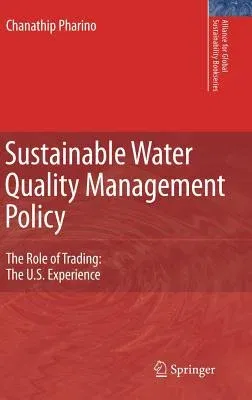C Pharino
(Author)Sustainable Water Quality Management Policy: The Role of Trading: The U.S. Experience (2007)Hardcover - 2007, 18 April 2007

Qty
1
Turbo
Ships in 2 - 3 days
In Stock
Free Delivery
Cash on Delivery
15 Days
Free Returns
Secure Checkout

Part of Series
Alliance for Global Sustainability Bookseries
Part of Series
Alliance for Global Sustainability (Hardcover)
Print Length
142 pages
Language
English
Publisher
Springer
Date Published
18 Apr 2007
ISBN-10
1402058624
ISBN-13
9781402058622
Description
Product Details
Author:
Book Edition:
2007
Book Format:
Hardcover
Country of Origin:
NL
Date Published:
18 April 2007
Dimensions:
24.13 x
16 x
1.27 cm
Genre:
Environmental Studies
ISBN-10:
1402058624
ISBN-13:
9781402058622
Language:
English
Location:
Dordrecht
Pages:
142
Publisher:
Weight:
430.91 gm